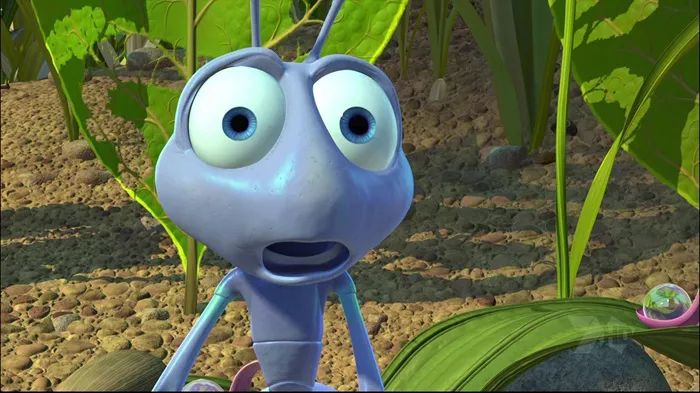“A Bug’s Life,” the animated feature film produced by Pixar Animation Studios and released by Walt Disney Pictures, stands as a landmark in the history of animated cinema. Not only did it push the boundaries of animation technology, but it also captured the hearts of audiences worldwide with its compelling storytelling and innovative visuals. This article delves into the details of A Bug’s Life’s release, the context of its production, and its enduring legacy in the world of animation.
The Dawn of “A Bug’s Life”
Release Date and Background
“A Bug’s Life” premiered on November 25, 1998. Its release came at a significant time in the animation industry, marking Pixar’s second feature film following the monumental success of “Toy Story” in 1995. As Pixar’s ambitious follow-up project, “A Bug’s Life” was not merely a sequel to its predecessor’s triumph but a standalone masterpiece that aimed to affirm the studio’s reputation as a leader in animated film.
Development and Production Challenges
The film’s development was a journey filled with both creative and technological challenges. Directed by John Lasseter, with co-direction by Andrew Stanton, who also served as the story supervisor, “A Bug’s Life” required the development of advanced computer technology to handle the complex visuals of a miniature world. The production team innovated with new software and rendering techniques to create detailed environments and characters, setting new standards for digital animation.
Plot and Themes
“A Bug’s Life” follows Flik, an inventive ant who seeks to save his colony from a gang of oppressive grasshoppers led by the menacing Hopper. The narrative explores themes of individuality, innovation, teamwork, and the courage to challenge the status quo—themes that resonate deeply with both children and adults.
Technological Innovations in Animation
Advancements in CGI
At the time of its release, “A Bug’s Life” was one of the most technologically advanced films ever made. Pixar’s animation team developed new techniques for creating realistic textures and depth in the film’s tiny, bustling world. This included the use of Subdivision Surfaces for smoother, more organic modeling of characters and the groundbreaking application of depth-of-field photography effects to give a sense of scale and realism to the scenes.
Rendering a Miniature World
Creating a believable miniature world required attention to detail in the portrayal of elements such as leaves, blades of grass, and drops of water, each reflecting an appropriate scale. The film’s environment, filled with vast landscapes seen from the insects’ perspective, showcased Pixar’s ability to blend artistic vision with technical expertise.
Cultural Impact and Critical Reception
Box Office Performance
“A Bug’s Life” was a commercial success, grossing over $363 million worldwide. It demonstrated the growing appeal of CGI-animated films and helped solidify Pixar as a major player in animation, capable of competing directly with traditional animation giants like Disney itself.
Critical Acclaim
The film received widespread acclaim for its inventive storytelling and stunning visual achievements. Critics praised the film for its humor, emotional depth, and the perfection of its animation techniques. It holds a distinguished place in animation history, appreciated for both its artistic qualities and its pioneering role in the use of CGI.
Awards and Nominations
“A Bug’s Life” received numerous awards and nominations, highlighting its achievements in technical innovation and storytelling. It was nominated for an Academy Award for Best Original Musical or Comedy Score and won a Grammy for Best Instrumental Composition Written for a Motion Picture or for Television.
Legacy and Influence
Influence on Future Productions
“A Bug’s Life” set a precedent for future animated films, influencing both Pixar’s own works and those of other studios. Its success proved the viability of CGI animation as a dominant method for feature films, paving the way for later successes such as “Finding Nemo,” “Shrek,” and “Ice Age.”
Educational and Cultural Contributions
The film has been used in educational settings to teach themes of cooperation, leadership, and innovation. Its portrayal of a community coming together to solve a common problem has been highlighted in discussions about social behavior and teamwork.
Merchandising and Continued Popularity
The popularity of “A Bug’s Life” extended beyond the cinema into various forms of merchandising, including video games, toys, and books. This not only contributed to the film’s financial success but also helped maintain its presence in popular culture.
Conclusion
“A Bug’s Life” remains a significant film in the annals of animated cinema. Its innovative approach to storytelling and animation technology not only set new industry standards but also demonstrated the potential of animation to create deeply engaging, visually stunning cinematic experiences. As we look back on its release over two decades ago, the legacy of “A Bug’s Life” continues to influence filmmakers and delight new generations of viewers, securing its place as a timeless classic in the world of animation.


